National Education
In FHPS, NE learning experiences are based on the Citizenry Framework. We aim to develop Citizen Leaders through the four key dispositions of NE (A Sense of Belonging, A Sense of Reality, A Sense of Hope and The Will to Act) through various opportunities to explore and examine their identity as Singaporeans or their identity as local residents for non-Singaporeans. NE learning experiences foster a strong sense of belonging, reality, and hope in our students. With that strong fundamentals, we strive for students who will understand the need to play a contributory role in their immediate communities and in the nation while seeking to achieve their personal life goals.
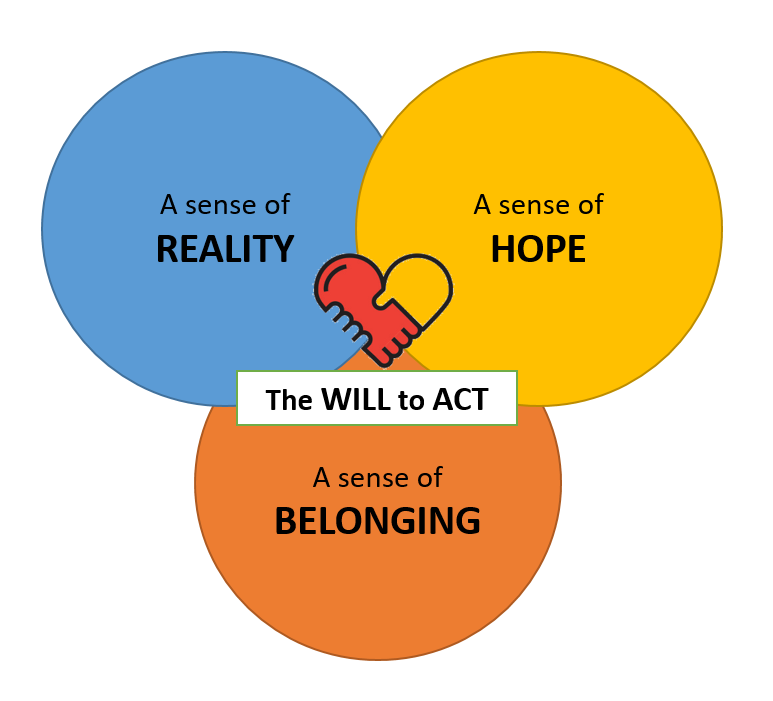
NATIONAL EDUCATION AT FHPS
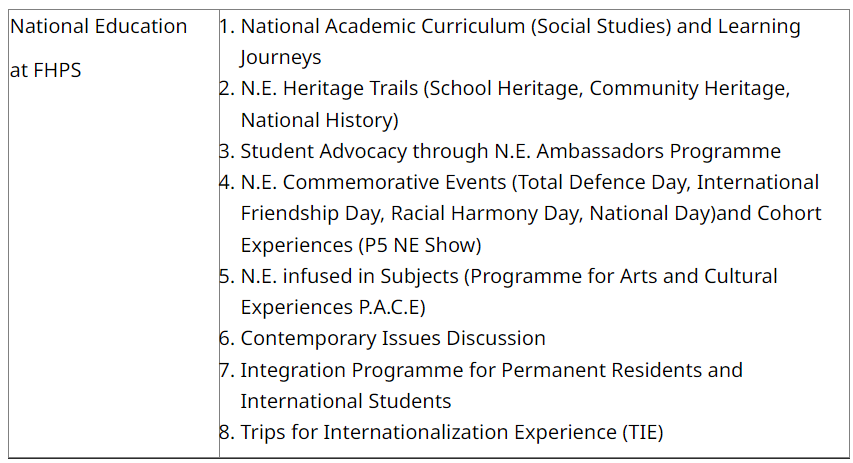
Social Studies Learning Journey
Every year, as part of the Primary 4, 5 and 6 Social Studies curriculum, a new cohort of students embarks on exciting learning journeys to Kreta Ayer Heritage Centre (KAHC), Indian Heritage Centre (IHC) and Asian Civilisation Museum (ACM) respectively. These immersive experiences offer our Fuhua GEMS a valuable opportunity to explore the rich history of Singapore.
Kreta Ayer Heritage Gallery
During the visit, students discover real-life stories of influential members of the Kreta Ayer community and learn about their pivotal roles in nation-building. Through these stories, they gain a deeper understanding of their significant contributions to the development of our multicultural Singapore.
As part of the experience, students immerse themselves in the cultural heart of Chinatown, gaining a unique insight into the area's history and diverse traditions. They engage in hands-on activities, exploring five key cultural forms that are integral to the area: Chinese opera, puppetry, calligraphy, tea culture, and Nanyin music. These activities allow students to connect with the traditions that have shaped Kreta Ayer's identity.
The learning journey also includes a precinct walk, where students have the chance to explore the iconic shophouses that line the streets. Here, they learn about the historical significance of places like Sago Lane, once known for its special role in the community. This exploration helps students make meaningful connections to the cultural heritage of Kreta Ayer and appreciate the lasting impact it has had on the multicultural fabric of Singapore.
Pre-Learning Journey

|
Students’ curiosity on what they will be learning about at Kreta Ayer Heritage Gallery |
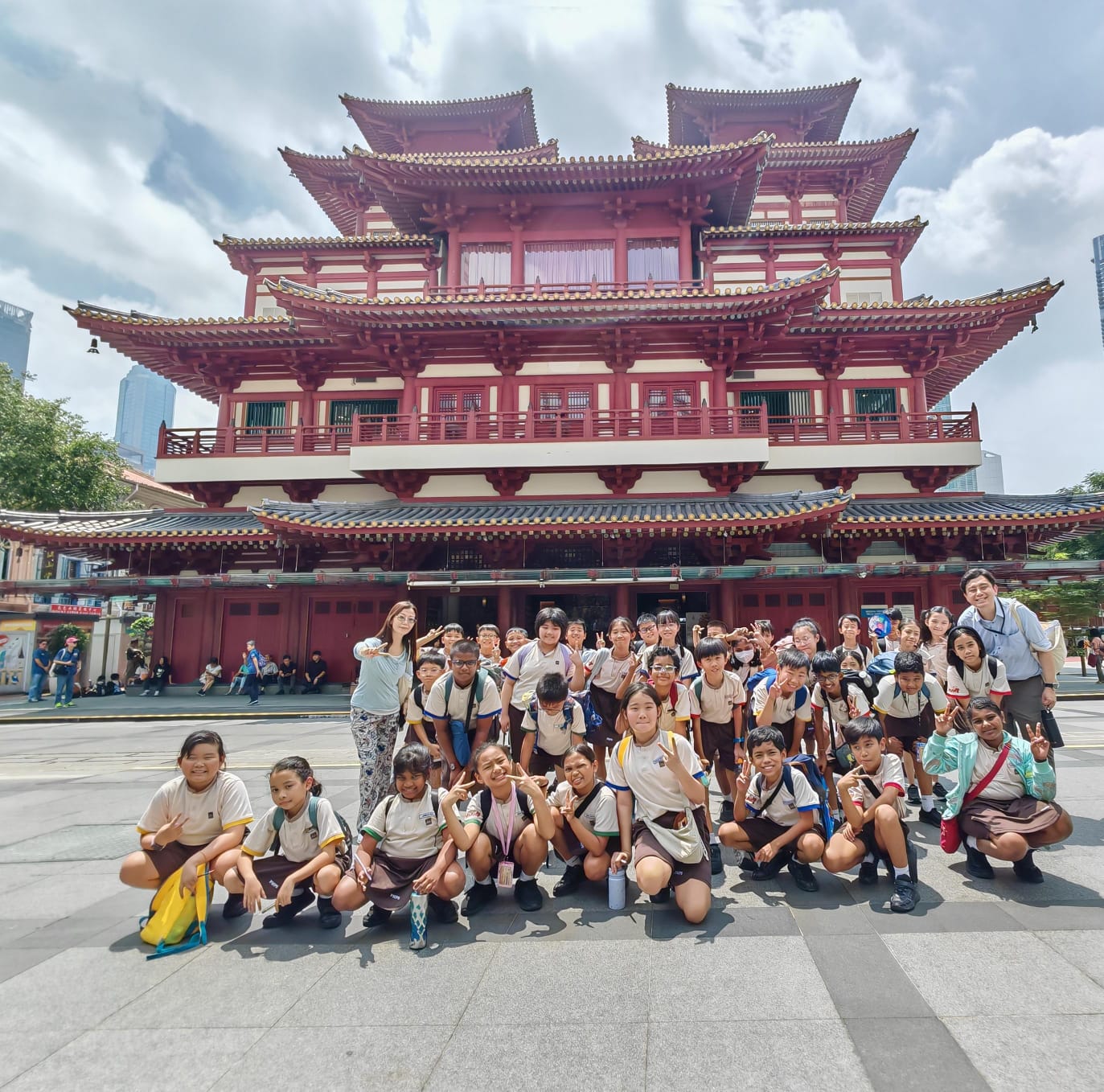
|
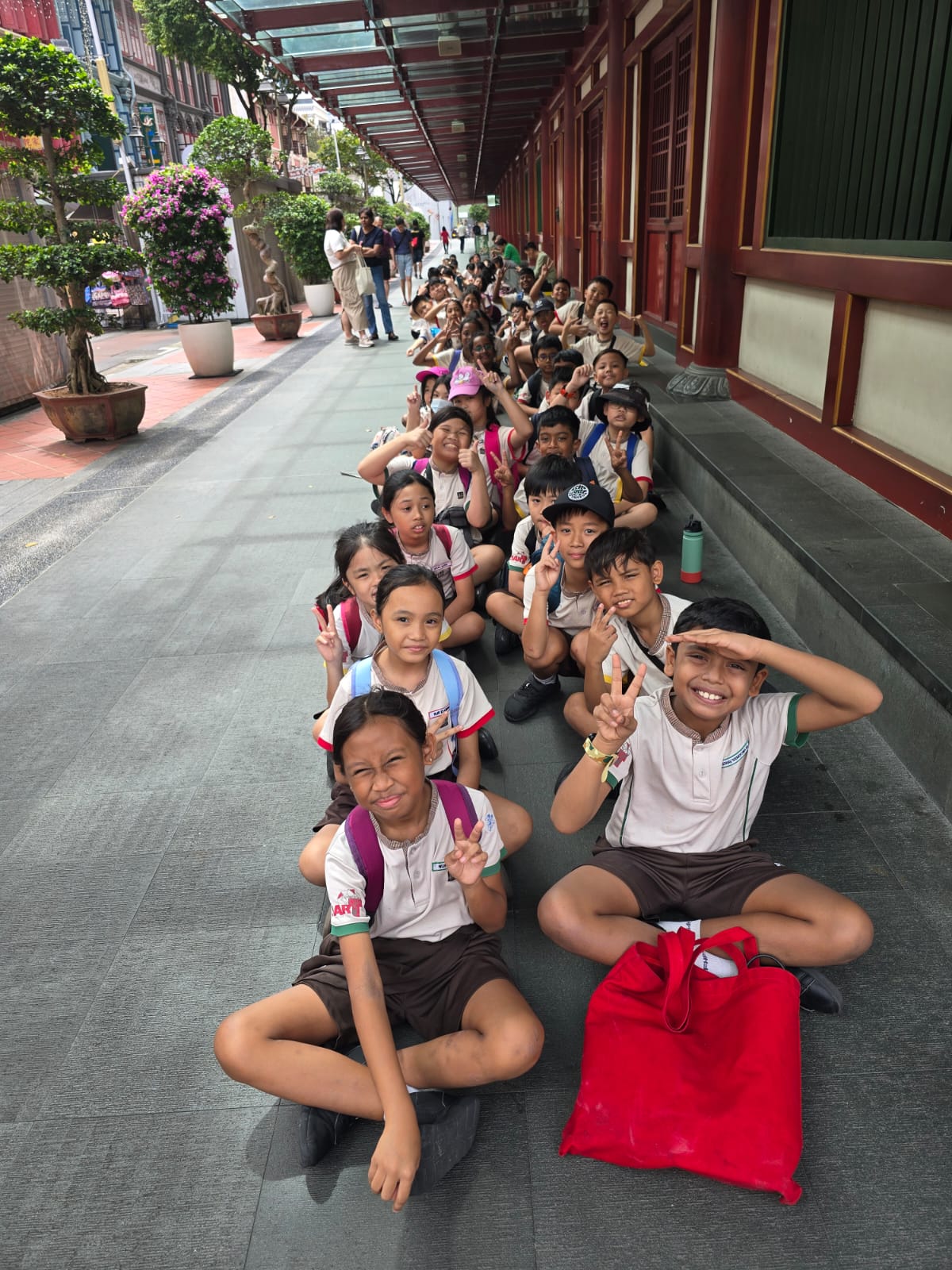
|
|
Students getting all ready to start their learning journey |
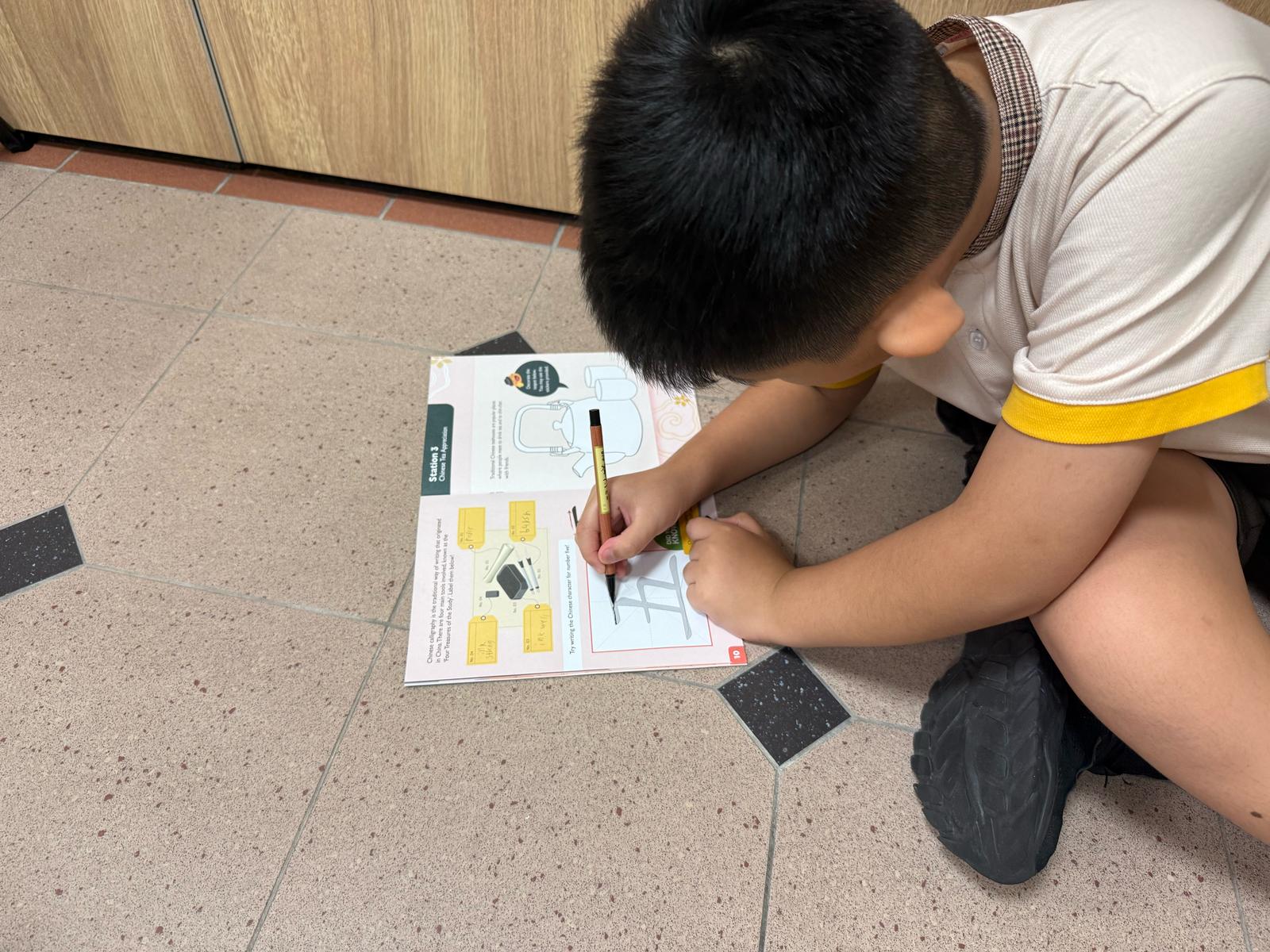
|
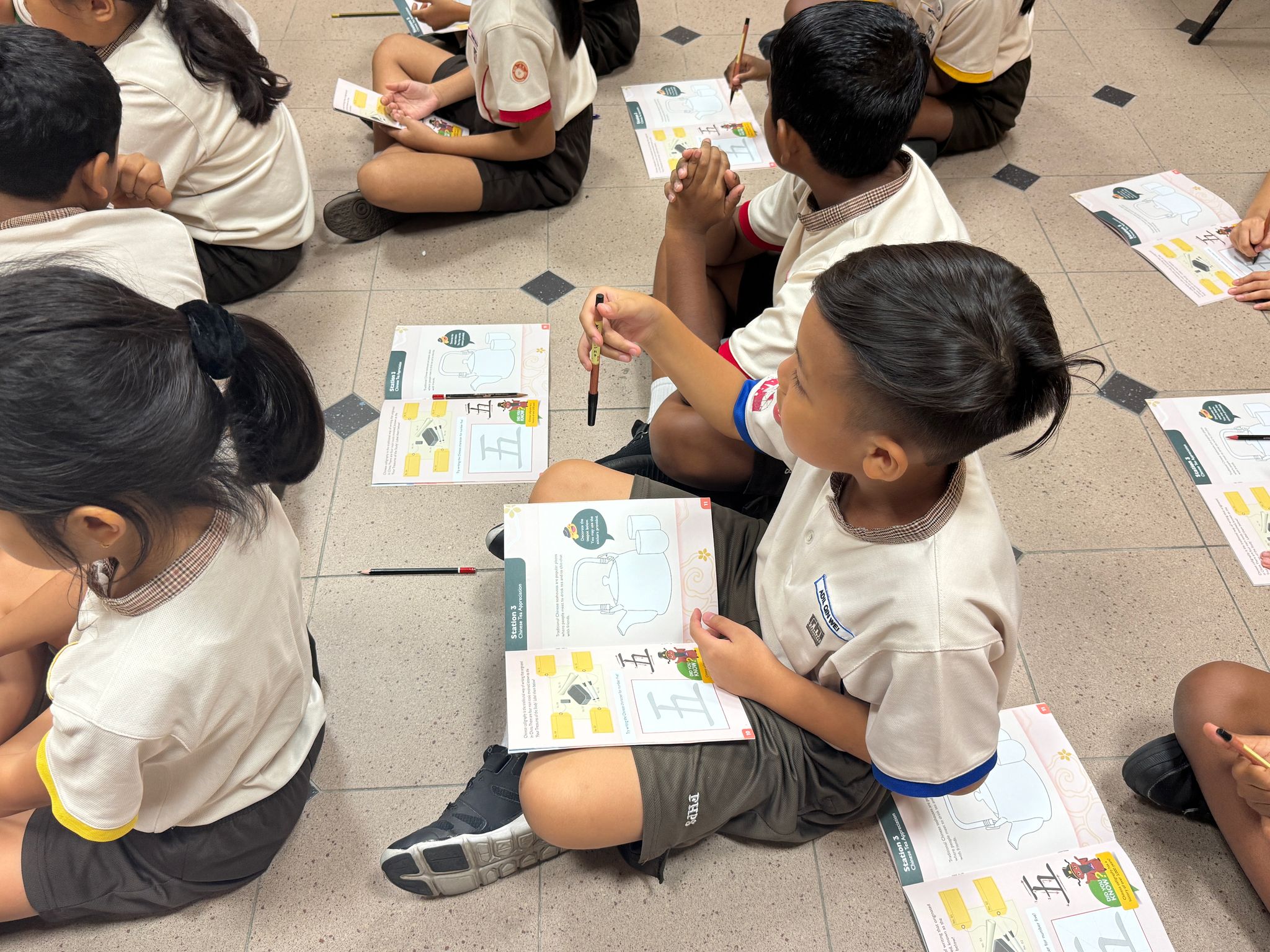
|
|
Students writing out the Chinese characters using calligraphy techniques |
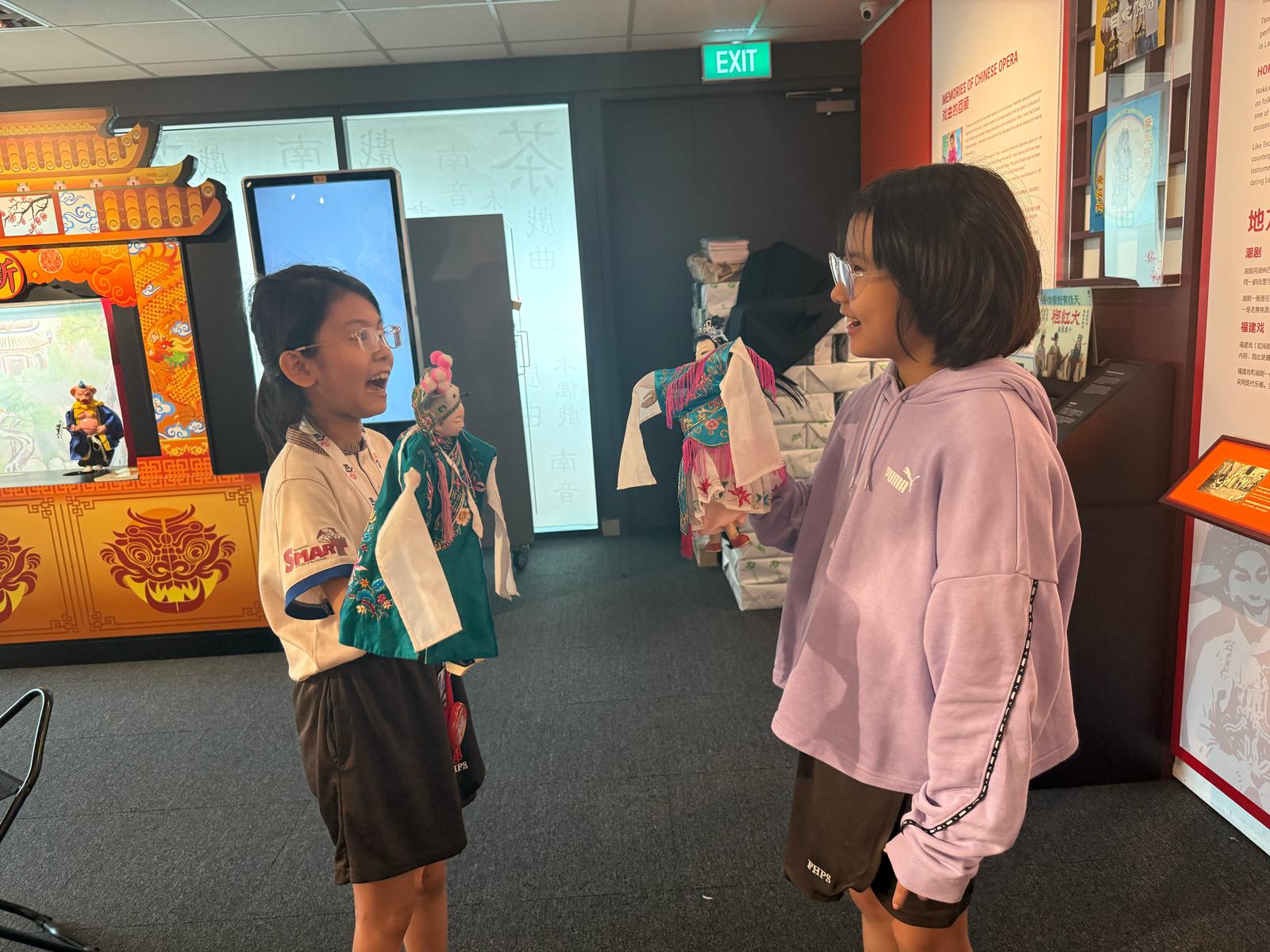
|
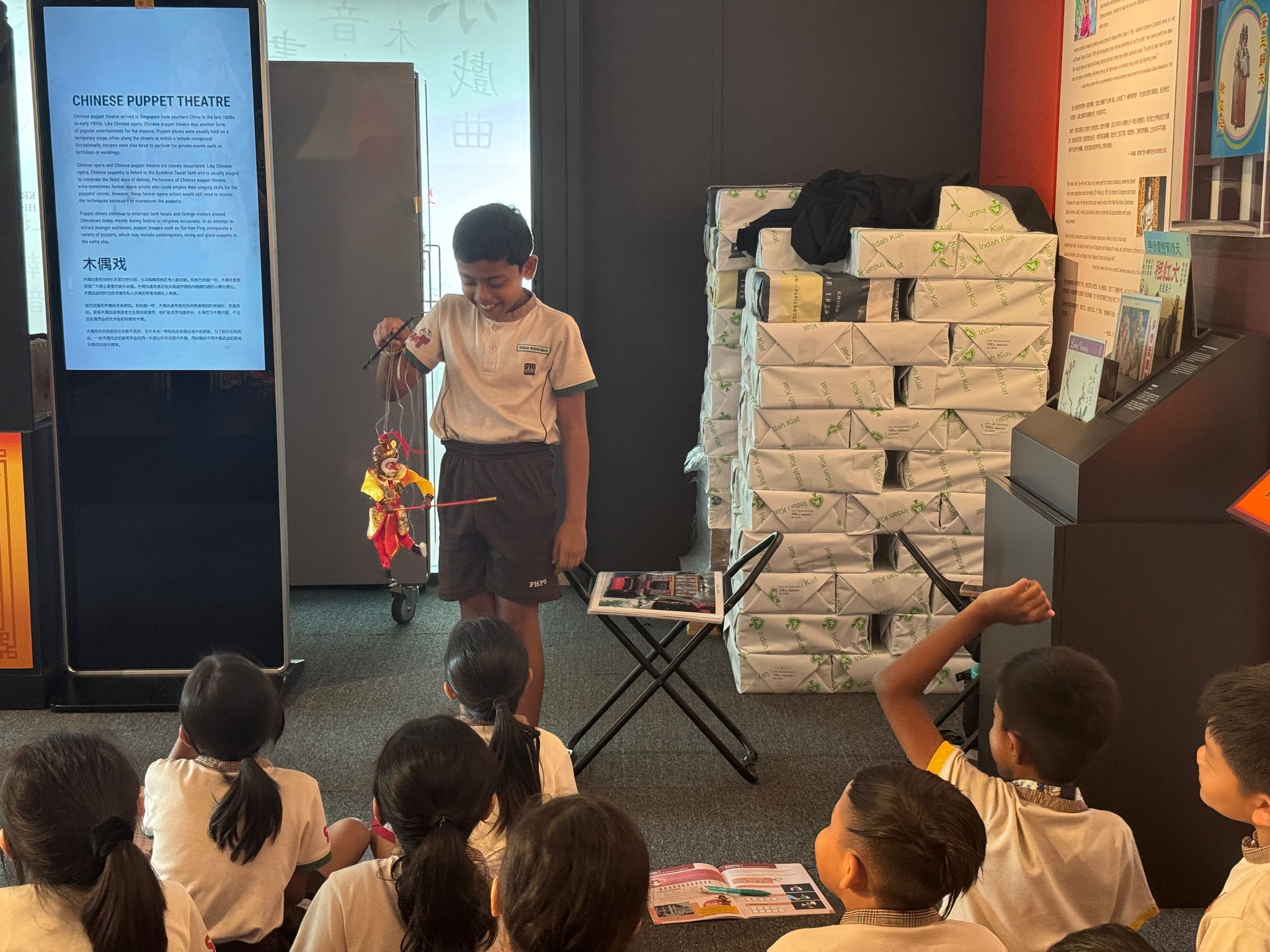
|
|
Students putting on a puppet show |
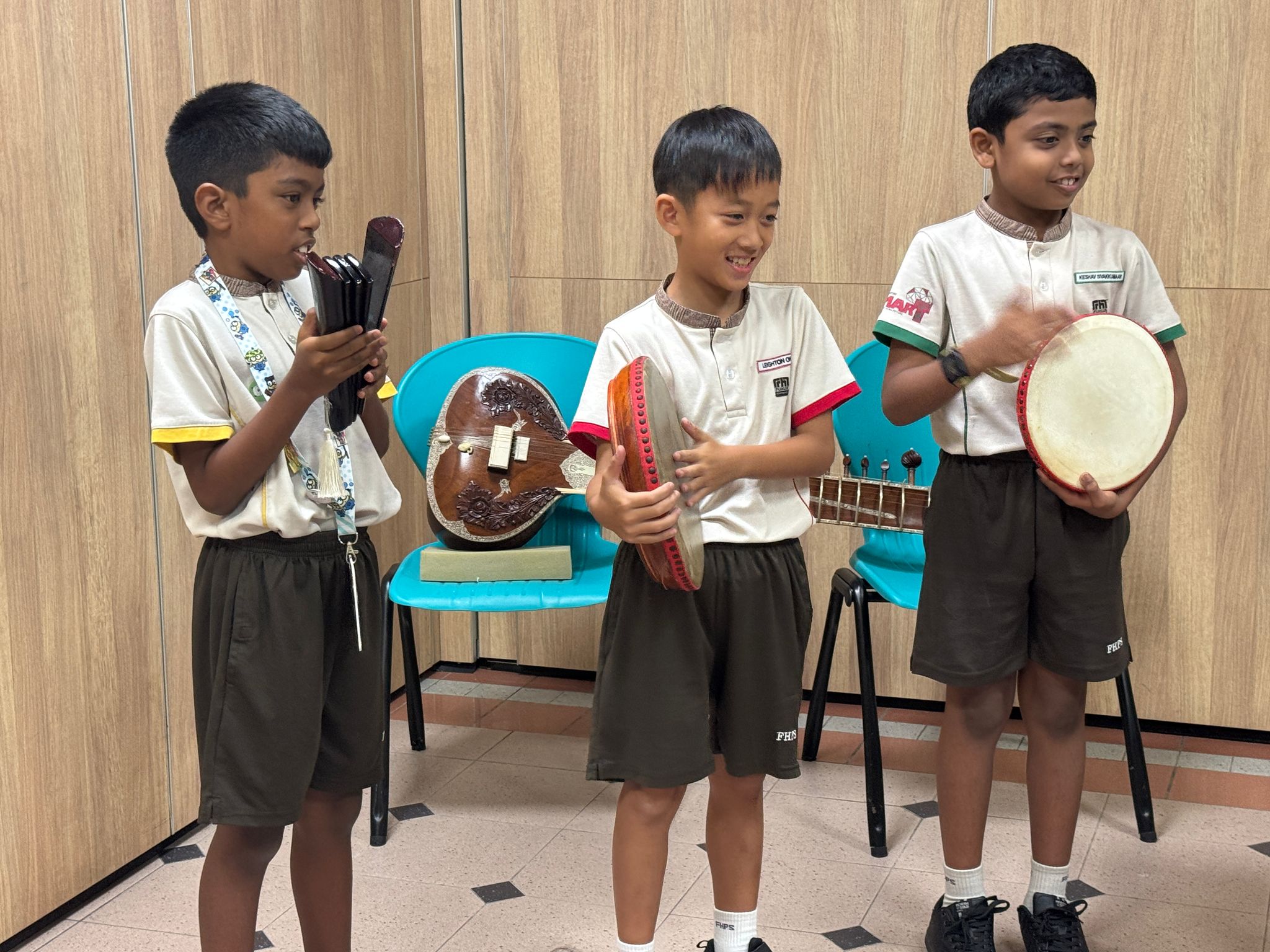
|
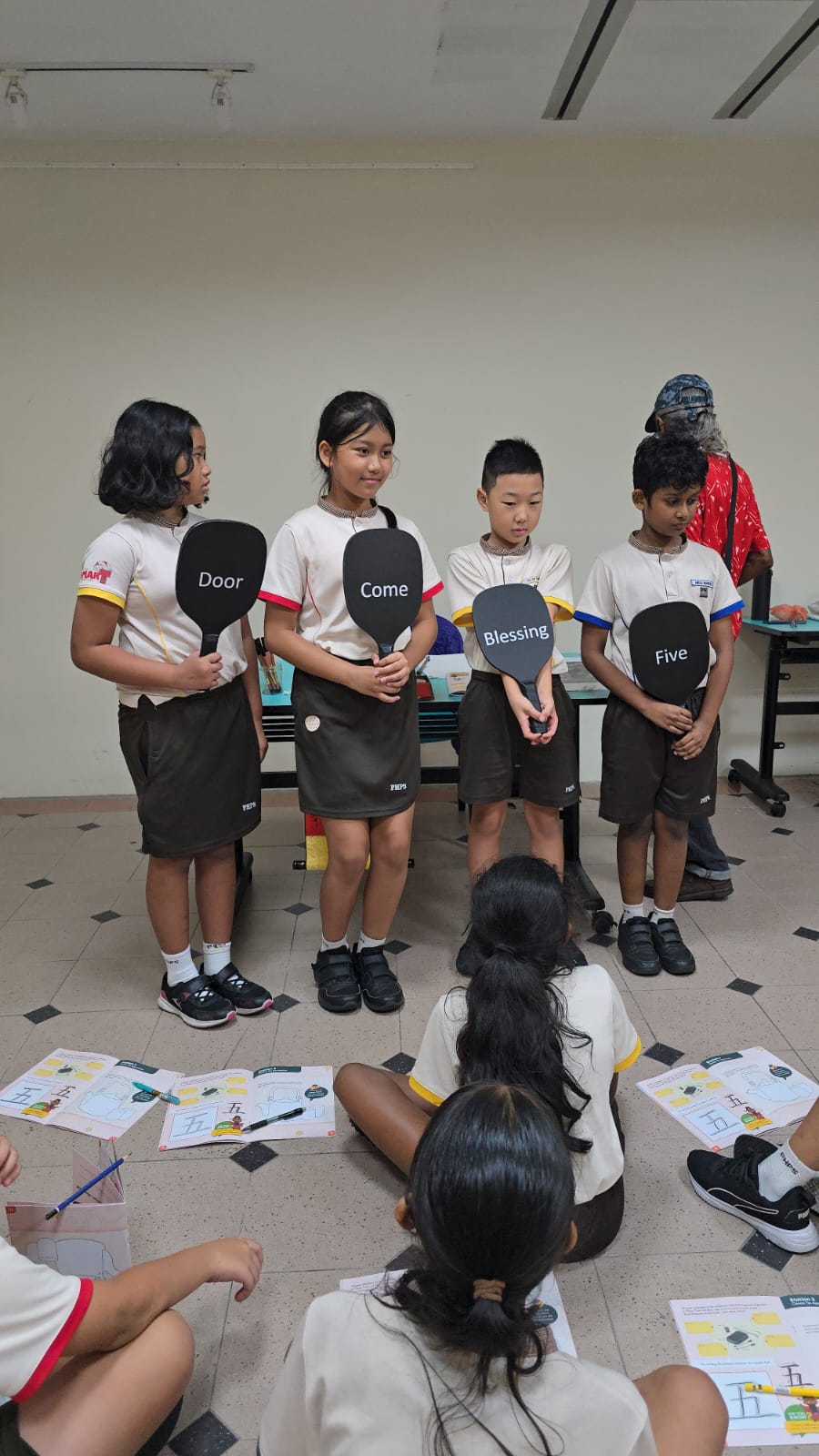
|
|
Students performing using Chinese instruments for their classmates |
Students learning the meaning of the Chinese couplet |
Indian Heritage Centre
Located in the heart of Singapore’s historic Little India precinct, the Indian Heritage Centre (IHC) showcases the rich history, heritage, and culture of Indian and South Asian communities in Singapore and Southeast Asia. Students explore the roots of the Indian community in Singapore, tracing the journeys of early settlers from the 19th century onwards.
During the visit, students meet two Bharatanatyam dancers and gain insights into the cultural heritage and contributions of the Indian community through the lens of Indian performing arts. They will also explore the Permanent Galleries and take a guided walk around the Little India precinct to observe its vibrant trades and businesses.
Students learn about various aspects of Indian culture, including Indian epics in Southeast Asia, traditional dance and costumes, the contributions of early Indian settlers and pioneers, as well as trades such as garland making, goldsmithing, and Indian cuisine.

|
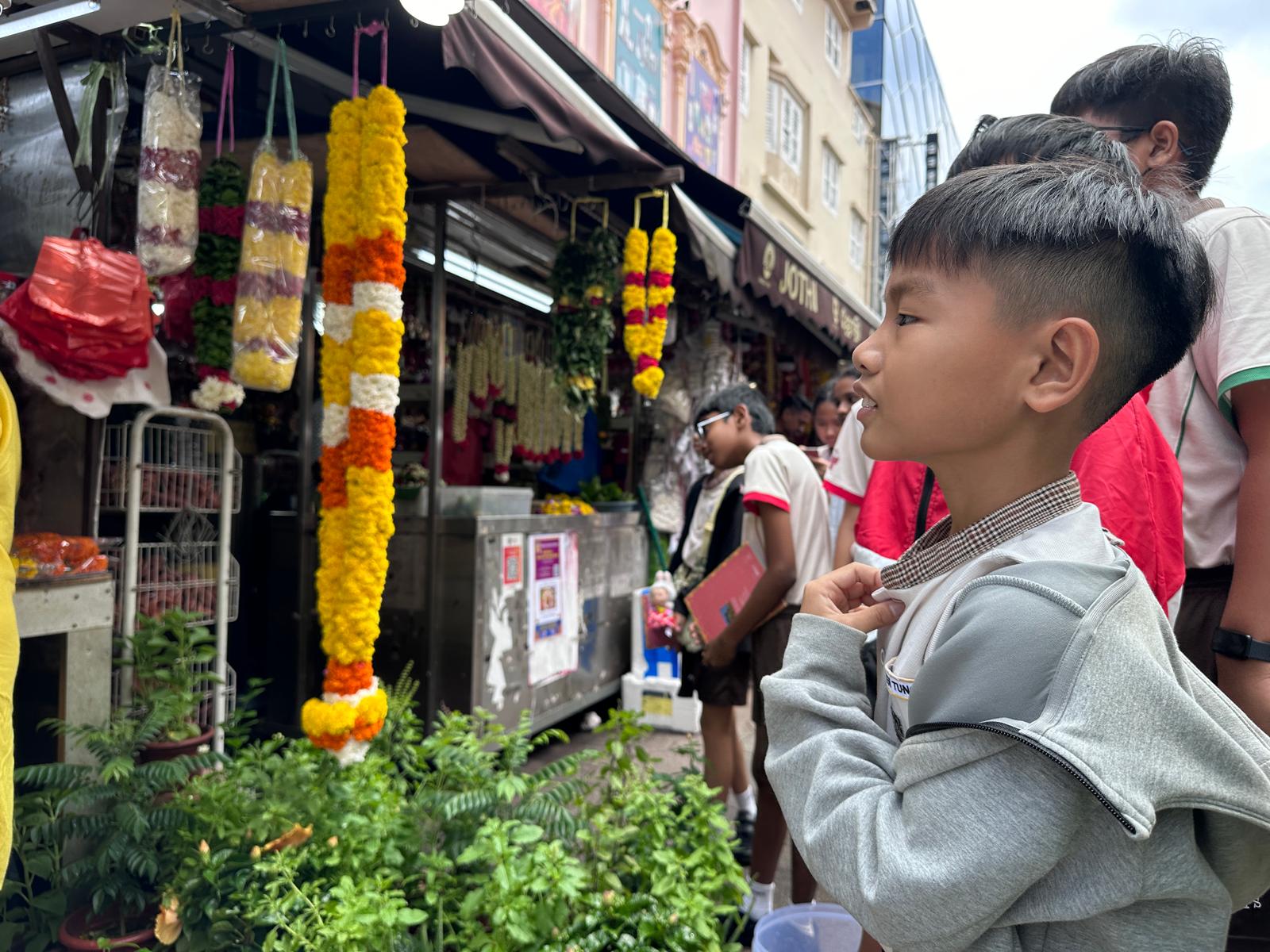
|
|
Learning Experience at the Indian Heritage Centre |
Observing the beautiful garlands along Little India |
Asian Civilisation Museum
During the learning journey at the Asian Civilisations Museum, students are taken on a time-travel adventure back to Southeast Asia in the past guided by the mythical aquatic creature, the Makara. Through listening to the stories and looking at works of art at the museum, students explore what life was like back then. This exploration helps students to gain a deeper understanding of the region’s cultural diversity.
Southeast Asia is a melting pot of cultures due to its strategic location. Throughout history, it has absorbed influences from China, India, Central Asia, and the Middle East. Rather than adopting these foreign elements, the people of Southeast Asia blended them with their indigenous traditions to create the region's unique and diverse cultures.
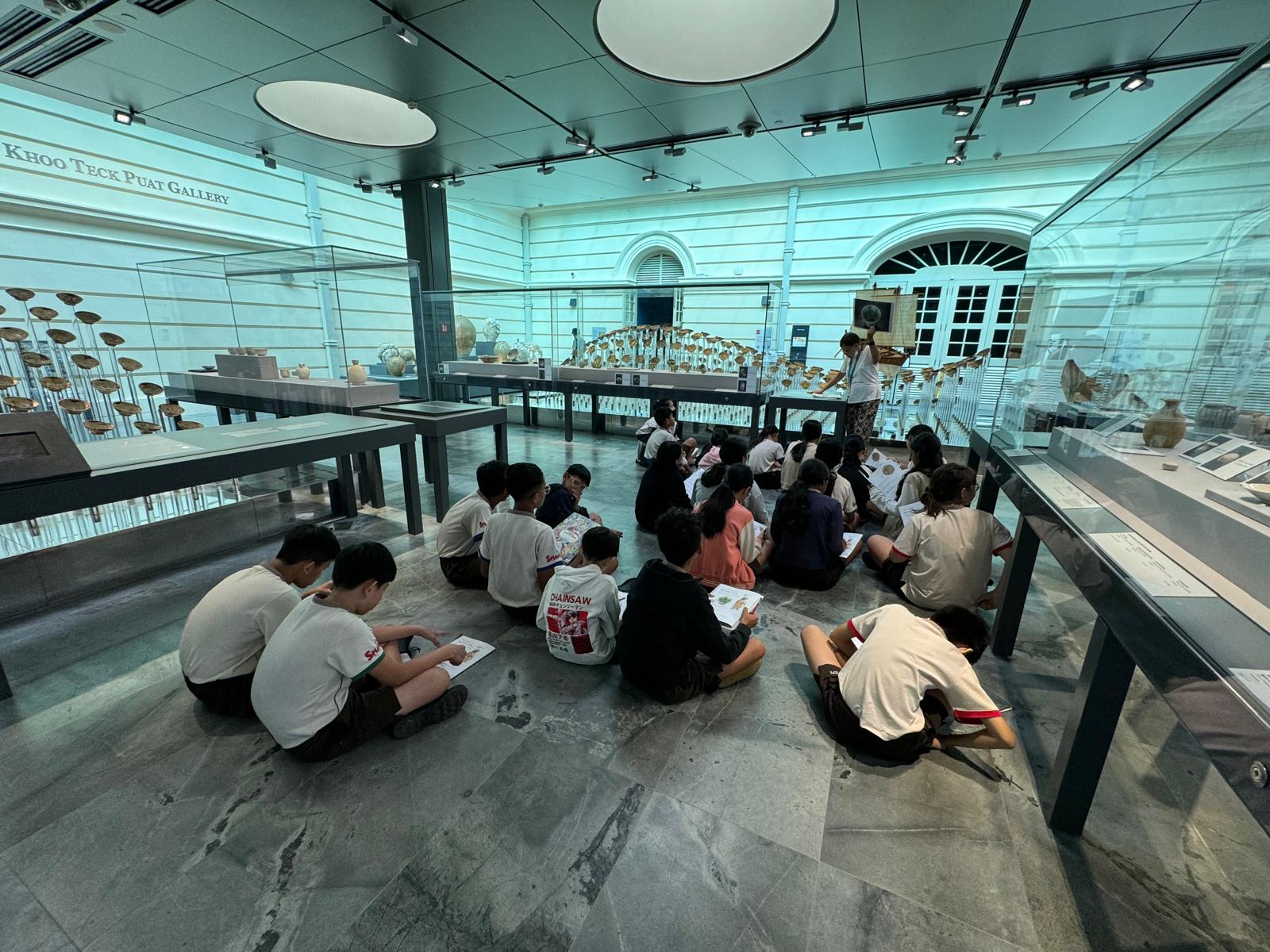
|
An experience in the Ancient Civilisation Museum |

